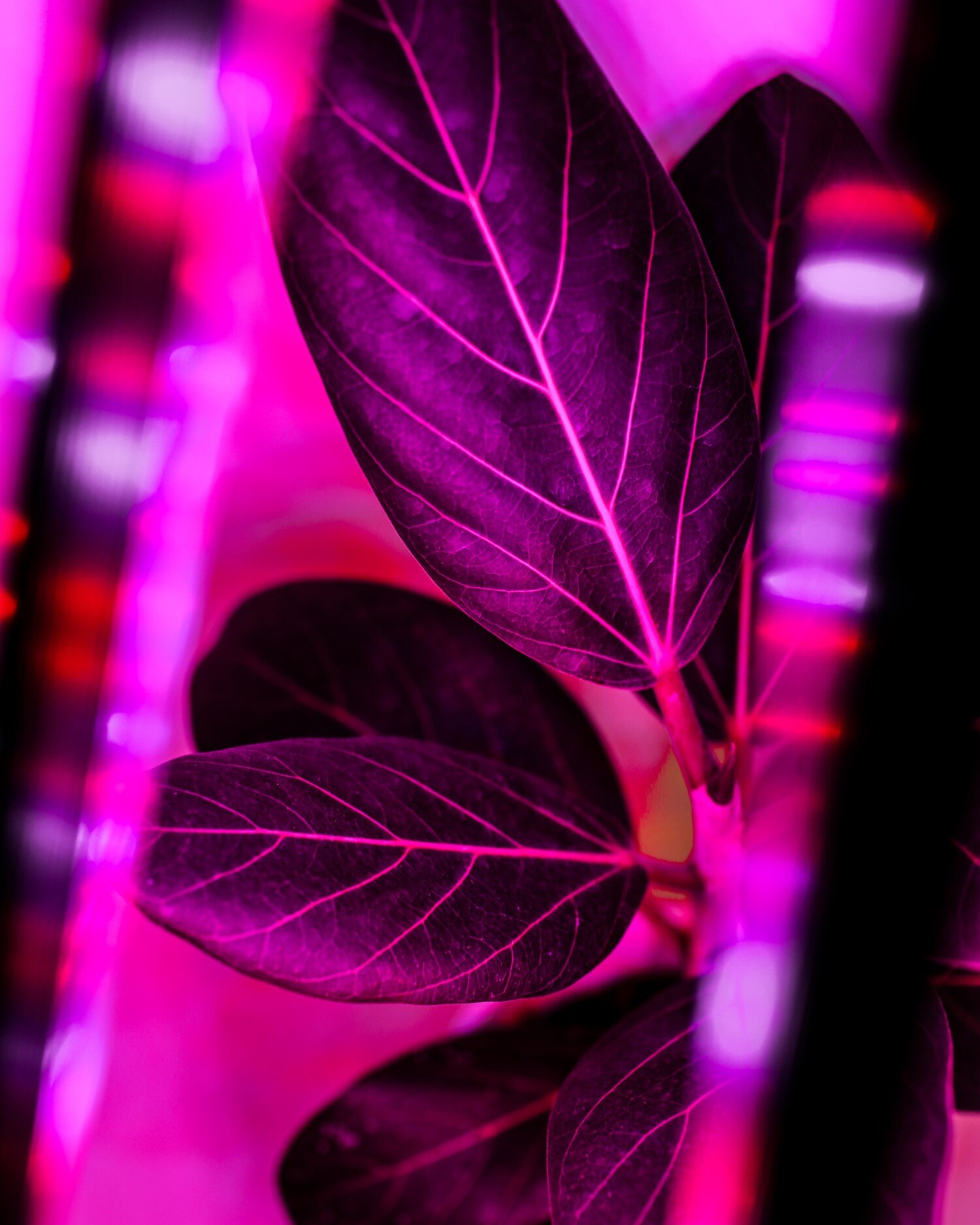All You Need to Know About Grow Lights
As we are all aware of since sitting through elementary school science class, there are a few basic needs that plants have, light being one of them. Plants don’t just like light but need it to survive. Plants convert the light they take in, as well as oxygen and water into energy through photosynthesis. Without an adequate amount of light, this process cannot happen and your plant will not survive. So, let’s talk about getting your plants the light that they need!
It’s no secret that natural light is always best for your plants. When keeping plants indoors it can often be difficult to give them the adequate sunlight they need. Light is the greatest limiting factor in indoor plant care. That’s why we say, grow lights are always a great idea for indoor plants. If you’ve never used grow lights before, it can be a tad bit overwhelming of a topic. We’ve gathered some information and articles that will help you get started in selecting the right grow lights for your plants.
Evaluate your lighting situation.
If you’re new to the world of grow lights, it’s important to first evaluate the lighting needs in your space. Check out our post on choosing the best houseplants for your light level where we talk about the direction the windows in your home face determining the quality and amount of light your plants will receive. We also identify which plants do best in low light and bright light settings. You’ll discover that there are some plants that are more forgiving than others when it comes to limited indoor lighting and there are other plants that simply need more light. Another way to measure the light in your space is to use a light meter. Once you’ve figured out your lighting situation and identified which of your houseplants may need a little extra help in the lighting department, it’s time to talk about grow lights.
How grow lights work.
Grow lights produce an artificial source of luminous energy that mimics the light from the sun. Two of the most important factors when choosing grow lights is to look at light quality and intensity. Light quality has to do with the color of light provided. Most grow lights are already full spectrum, but it’s a good thing to look for. Full-spectrum grow lights contain all the color frequencies needed to support a plant through its different phases of development.
The most important factor when looking for grow lights is the amount of light given off or the intensity. Light intensity is typically listed in units in the description as lumens or foot-candles. One foot-candle is defined as enough light to saturate a one-foot square with one lumen of light. Any grow light with lower than 100 foot candles is not worth purchasing. Most foliage plants (with a few exceptions) need around 150+ foot candles of light.
Because light intensity decreases farther away from the light source, ideally the light needs to give off at least 500 foot candles. For example, if you have a light rated for 500 foot candles, it may give your plants only 150-175 foot candles if it is placed 2-3 feet away from them. This is why it is important to hang or place your grow lights the right way. The farther away the light is from the plants, the wider the area covered but the lower the light intensity.
While plants can survive in interior settings without a grow light sometimes, they often don’t live as long. Grow lights will extend your plant’s life. To help you further in your grow light journey, check out this list of the 8 best grow lights of 2021!
If there is more you’d like to know about grow lights for your indoor plants, reach out to us with your questions on @wild_interiors Instagram!

